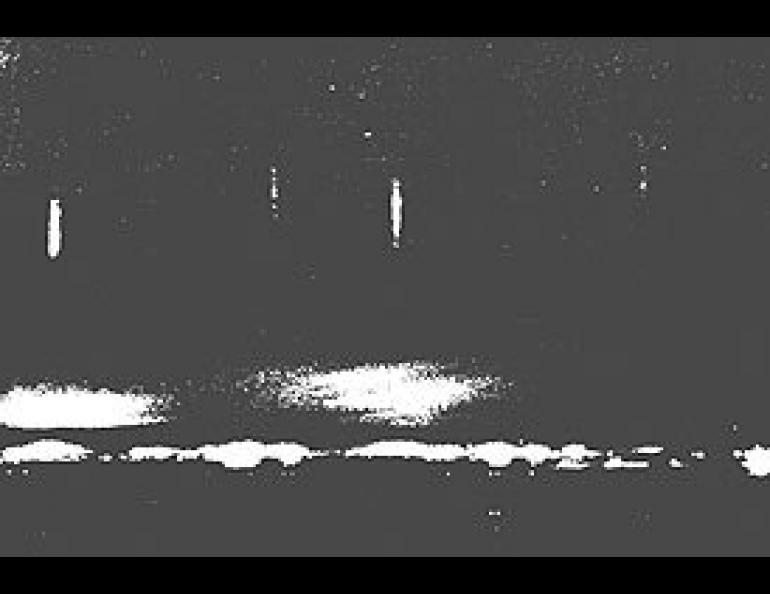
Vertical Light Shafts
Winter is the time of falling snow and ice crystals. Ice and snow crystals can take on many forms, ranging from six-sided cylinders to flat plates and complex flat forms having hexagonal symmetry.
If the air temperature is not far below freezing, in the range 15°F to 25°F (-90C to -40C), only needle-like cylinders form. In the range - 5°F to 15°F (-20°C to -90C), the flat plate-like crystals grow.
The flat crystal forms tend to orient with their flat sides in the horizontal plane as they fall through the air, though like a falling leaf, they oscillate about this orientation.
The majestic vertical light columns that one sees so often during the northern winter are caused by reflection of light sources from the flat undersides of the falling crystals, These columns can be seen above any bright light source--the sun, moon, street lights and auto lights. Sometimes one sees the columns extend down below the headlights of an automobile.
Whenever the vertical light shafts are seen, one knows that the temperature of the air in the vicinity where the responsible crystals formed must be well below zero.
If there is a brightening of the vertical light shaft 22° above the light source, it means that light is entering and refracting within the ice crystals instead of only reflecting from their undersides. That happens when ice crystals other than flat plates are present and so indicates somewhat warmer air temperature. The resulting sun dogs, moon dogs or light dogs tend to be multicolored because the prismatic refraction in the ice crystals breaks up the light into its component colors.





